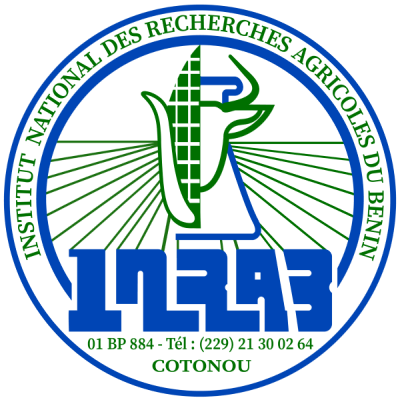Management of parasitic plant Striga hermonthica (Del.) benth) with the biological control agent Fusarium oxysporum f. sp. strigae
State of knowledge from 1992 to 20222
DOI:
https://doi.org/10.62344/jq59we45Keywords:
Biocontrol, host-parasite interaction, literature review, BeninAbstract
The production of the major staple cereal crops (maize, millet, sorghum, and rice) in sub-Saharan Africa is suffering from the infestation of the parasitic weed Striga hermonthica (Del.) Benth. This is further aggravated by the effects of climate variability and change observed in recent years. This threats food and nutritional security in developing countries. In this context, a scientometric analysis was performed to assess knowledge on managing S. hermonthica using Fusarium oxysporum f. sp. strigae as a biological control agent. The data was collected from the Scopus database and exclusively includes articles and reviews published between 1992 and 2022, using relevant keywords. Two different scientometric software (CitesSpace and R-bibliometrix) were used to conduct this study. The results revealed an upward trend in the annual output of studies related to the management of S. hermonthica from 1992 to 2022, with an annual growth rate of approximately 1.2%. Most developed topics were the perception of Strigolactone, infestation by S. hermonthica, parasite-host interaction, varietal selection and biological control, which is one of the embryonic subjects in this domain. Several control strategies have been promoted, including chemical control, agronomic and cultural practices, biological control and the use of resistant varieties, as well as the emergence of new control methods such as genetic selection, in particular the mutation-selection method, and RNA interference (RNAi). However, despite the numerous management techniques developed, none has provided sustainable management of S. hermonthica when used as a stand-alone practice. The control of S. hermonthica is challenging due to the complexity of its biological cycle, the relationship between the host and the parasite, as well as several factors such as fertility and the type of soil, the type of cereals, and water management. A multidimensional analysis is necessary, taking into account the biological components of plants, environmental condition and accessibility of the methods developed.

Downloads
Published
Issue
Section
License
Les articles publiés par le Bulletin de la Recherche Agronomique du Bénin sont en libre accès. Ils sont gratuits pour tout le monde, immédiatement téléchargeables dès la publication et distribués sous la licence CC BY-NC-ND (https://creativecommons.org/licenses/by-nc-nd/4.0/).







